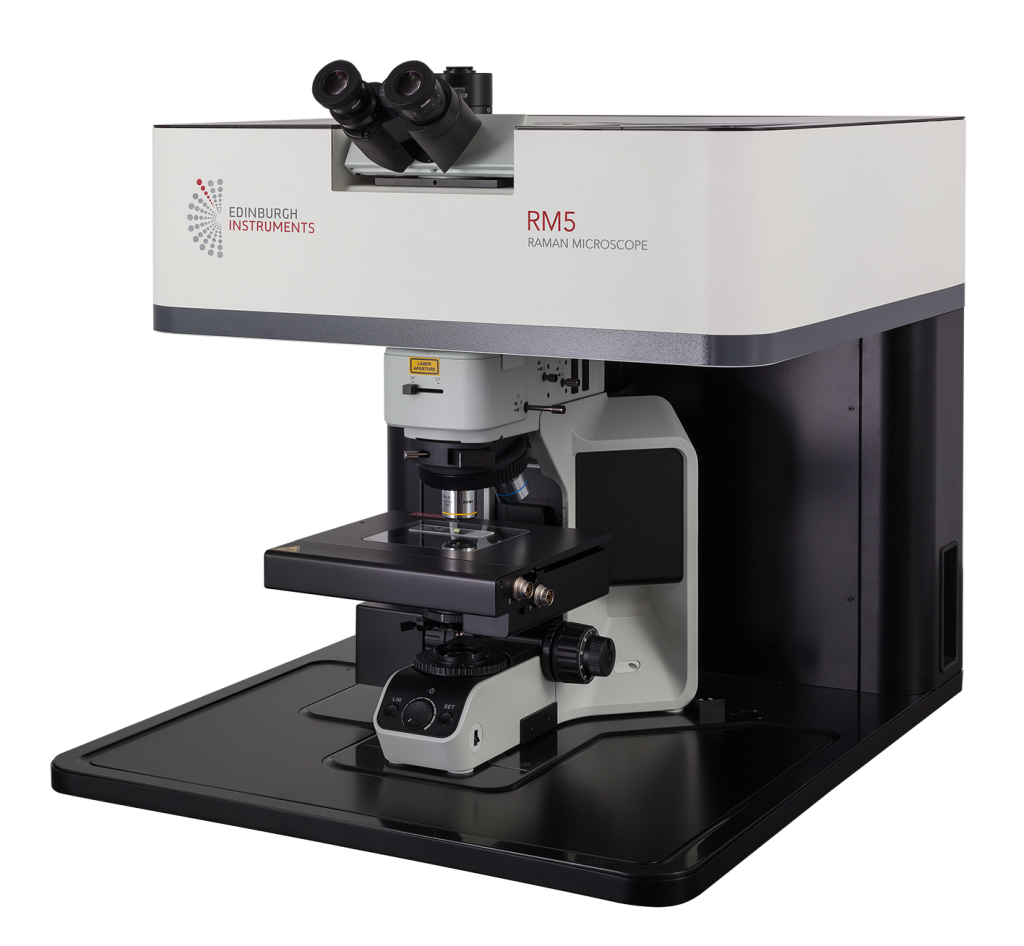Raman Microscope & Photoluminesence (Spectrofluorometer)

A Raman microscope and a photoluminescence spectrofluorometer are both sophisticated analytical instruments used in materials science, chemistry, biology, and other scientific fields for studying the properties of materials at the molecular level. Here’s a brief overview of each:
- Raman Microscope:
- Raman spectroscopy is a technique based on inelastic scattering of monochromatic light, usually from a laser source. When a sample is illuminated with laser light, most photons scatter elastically (Rayleigh scattering), but a small fraction undergoes inelastic scattering, resulting in energy changes that correspond to vibrational modes of the sample molecules.
- Photoluminescence Spectrofluorometer:
- Photoluminescence spectroscopy, also known as fluorescence spectroscopy, measures the emission of light (fluorescence) from a sample after it has absorbed photons from an external light source (usually UV or visible light). When molecules in the sample absorb photons, they can be excited to higher energy states, and upon relaxation to lower energy states, they emit fluorescence.
Both Raman microscopy and photoluminescence spectroscopy offer valuable insights into the properties and behavior of materials at the molecular level, complementing each other and enabling researchers to study a wide range of samples with high sensitivity and resolution.

